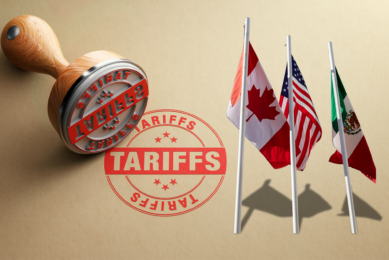US: Dairy farmers in Idaho sceptical about net zero goal

After conducting research into how to help Idaho dairy producers meet an ambitious industry-wide goal of becoming carbon neutral by 2050, University of Idaho ag economists have found that producers are sceptical it’s a realistic goal.
The Innovation Center for US Dairy launched the US Dairy Net Zero Initiative in 2021.
Many of the dairy farmers in the focus group worry about the long-term financial viability of emission reduction projects. Producers also expressed concerns that requiring a blanket reduction in emissions could penalise early adopters of sustainable production practices.
This comes at the same time that groups like the Changing Markets Foundation assert the world’s biggest meat and dairy companies are failing to address the climate impact of ‘their livestock’ and other activities.
However, others point out that progress in reducing carbon emissions in dairy farming is being made. There are those that also state current changes to climate are only partly due to human activities and question whether CO2 is contributing at all to climate change.
Industry support
The Idaho Dairymen’s Association organised the focus group for the 3 research economists, enabling them to explore producers’ perceptions about the US Dairy Net Zero Initiative and to identify the current adoption status of carbon-reduction projects. The producers were also asked about potential barriers to implementing these projects, how to boost adoption, and what future research would be useful.
“This work is important…because it tells us the real-world challenges and opportunities they face in striving for net-zero emissions,” said economist Xiaoli Etienne.
Options and incentives for dairy producers
Based on discussions with the focus group, Etienne and colleagues Hernan Tejeda and Andres Trujillo-Barrera have submitted a paper, ‘Net Zero by 2050: US Dairy’s Climate Pledge and Lessons from Idaho’ for publication in a scientific journal. In future, the researchers would like to do a multi-year project to take it further.
In the paper, they outlined options and incentives for dairy producers to reduce emissions, including the use of anaerobic digestors, the sale of carbon credits producing more feed on farm, growing crops without tillage and using cover crops to fix nitrogen.
However, regarding digesters, the economists note: “The average Idaho dairy has a herd of about 1,700 cows, and operators would need more than double that number of cows to make a natural gas digester profitable under current economic conditions… Building a digestor is a monumental project involving significant risk. It can take upwards of 15 years to recoup an investment.”
Regarding what farmers should consider right now, Tejeda stated: “There’s still 25 years for this Net Zero Initiative, so nobody needs to jump the gun in the next 6 months to a year. They just need to educate themselves well of all that is involved.”
Join 13,000+ subscribers
Subscribe to our newsletter to stay updated about all the need-to-know content in the dairy sector, two times a week.










